If you’re a millennial or a member of Generation X, then you probably grew up with a pretty good idea of the music, movies, and television shows that your parents were raised on.
Throughout the Clinton years, there were entire radio stations and TV channels dedicated to the “oldies” of the 1950s and ’60s, and the cinematic classics of that era were easy to find on cable or in video stores.
In other words, the most popular content from the baby boomer era was not niche stuff that was only being tracked down by amateur pop culture historians.
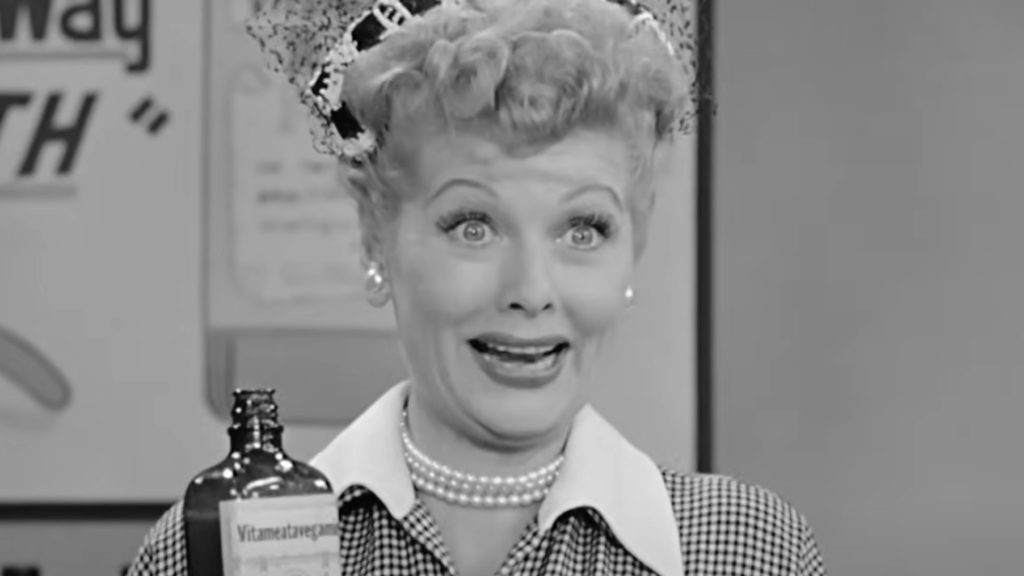
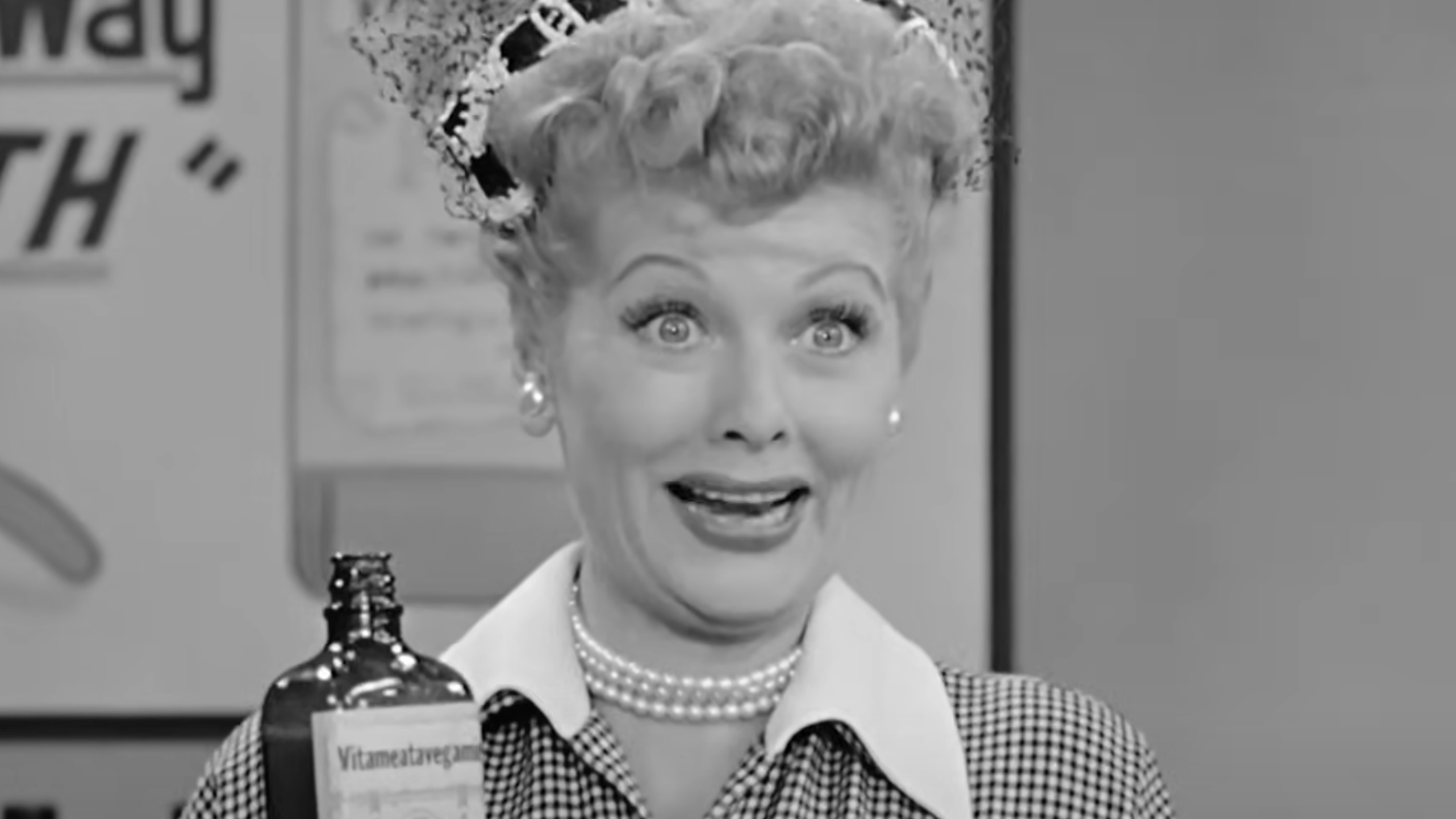
In fact, in those days, kids who were still watching Nickelodeon at 8:00 pm would find themselves suddenly caught in a time warp that would transport them to the era of I Love Lucy, Donna Reed, and Ozzie and Harriet.
The End of an Era?
Sure, Nick at Nite technically still exists, but these days, it’s more of an afterthought.
At the hour when programmers figure most kids are in bed, the network now ditches Spongebob in favor of six straight hours of Friends reruns.
But it’s nothing like the Nick at Nite of the 1990s, which felt very much like a separate channel dedicated to TV nostalgia.
In those days, there were whole ad campaigns and theme weeks that were entirely independent from the daytime Nickelodeon brand.
While Friends airs on just about every general interest cable network with wee hour time slots to fill, old school Nick at Nite offered a carefully curated slate of programming, most of which couldn’t be found anywhere else.
Sure, it featured Lucy and other widely beloved series of yesteryear, like Alfred Hitchcock Presents, Get Smart, and The Mary Tyler Moore Show.
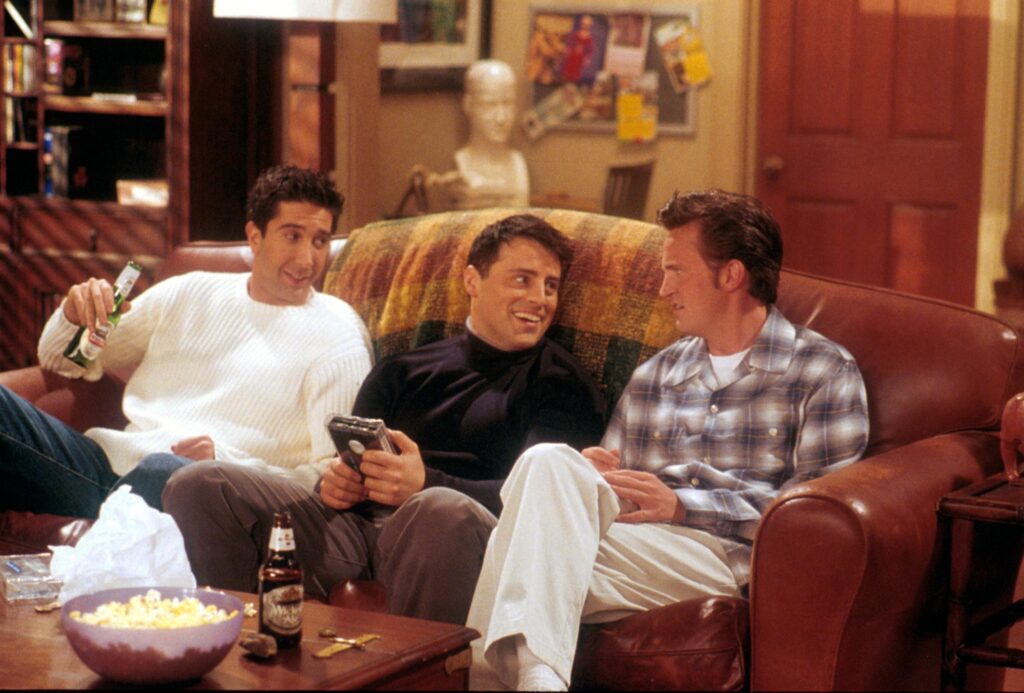
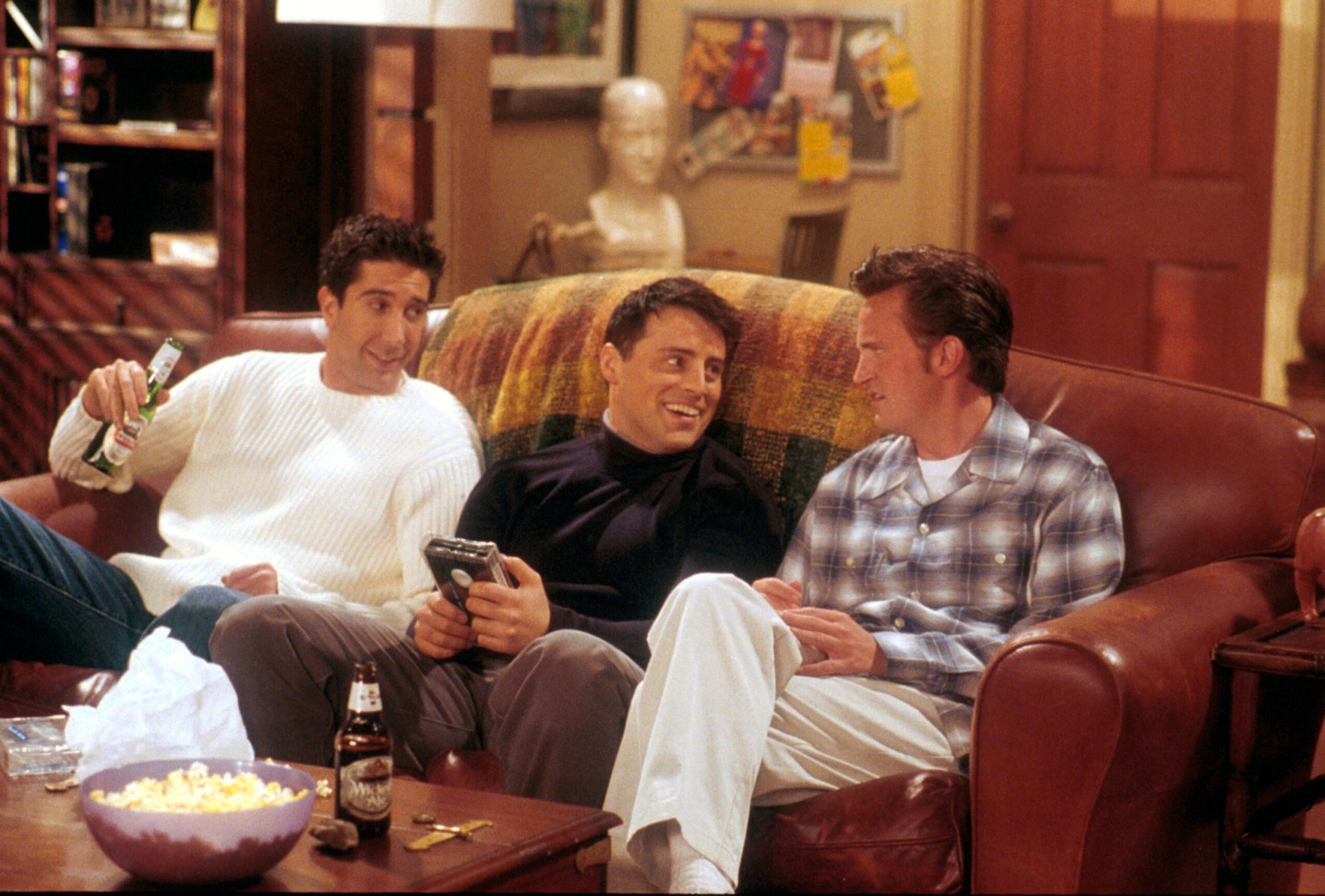
But there were also deep cuts like F Troop and The Many Loves of Dobie Gillis that probably would have faded into obscurity were it not for the Nick at Nite platform.
Nickelodeon’s quirky approach in those days (kids programming by day, old-timey sitcoms by night) meant that whole generations of children encountered shows that they might never have seen otherwise.
Some of these series were so old by the time they began airing after Rugrats that they could’ve been enjoyed by three generations in the same living room:
The grandma who raised her son on Andy Griffith could sit beside him as that former tyke watched his 8-year-old daughter chuckle at the same Mayberry hijinks.
The Atomization of Entertainment
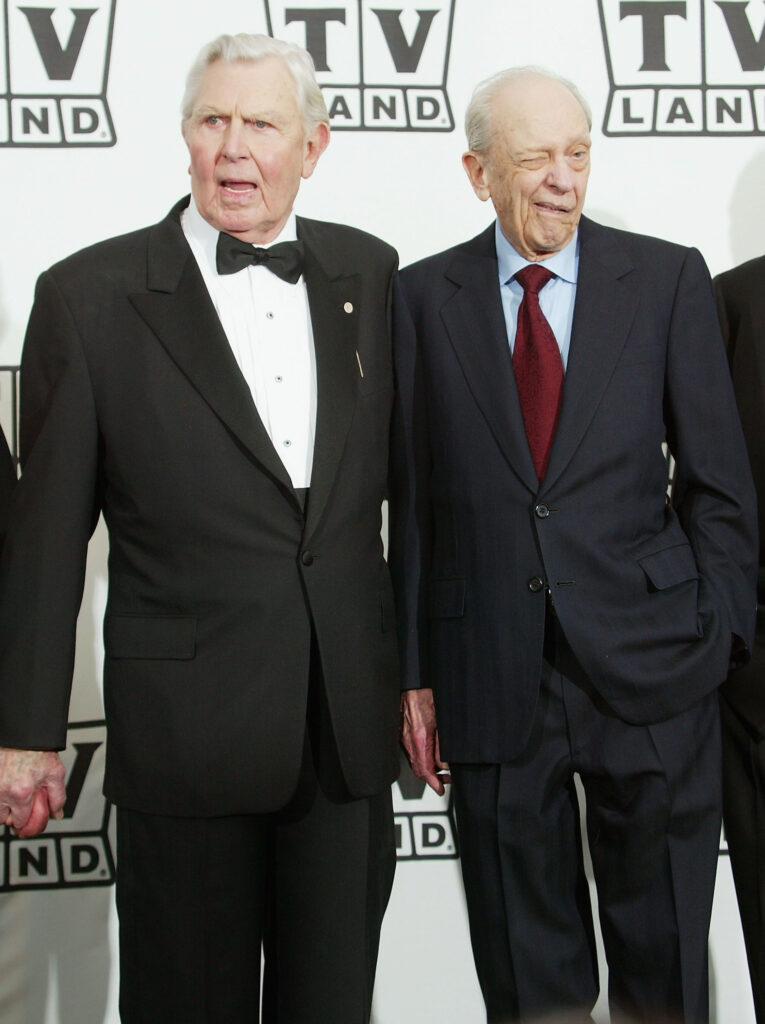
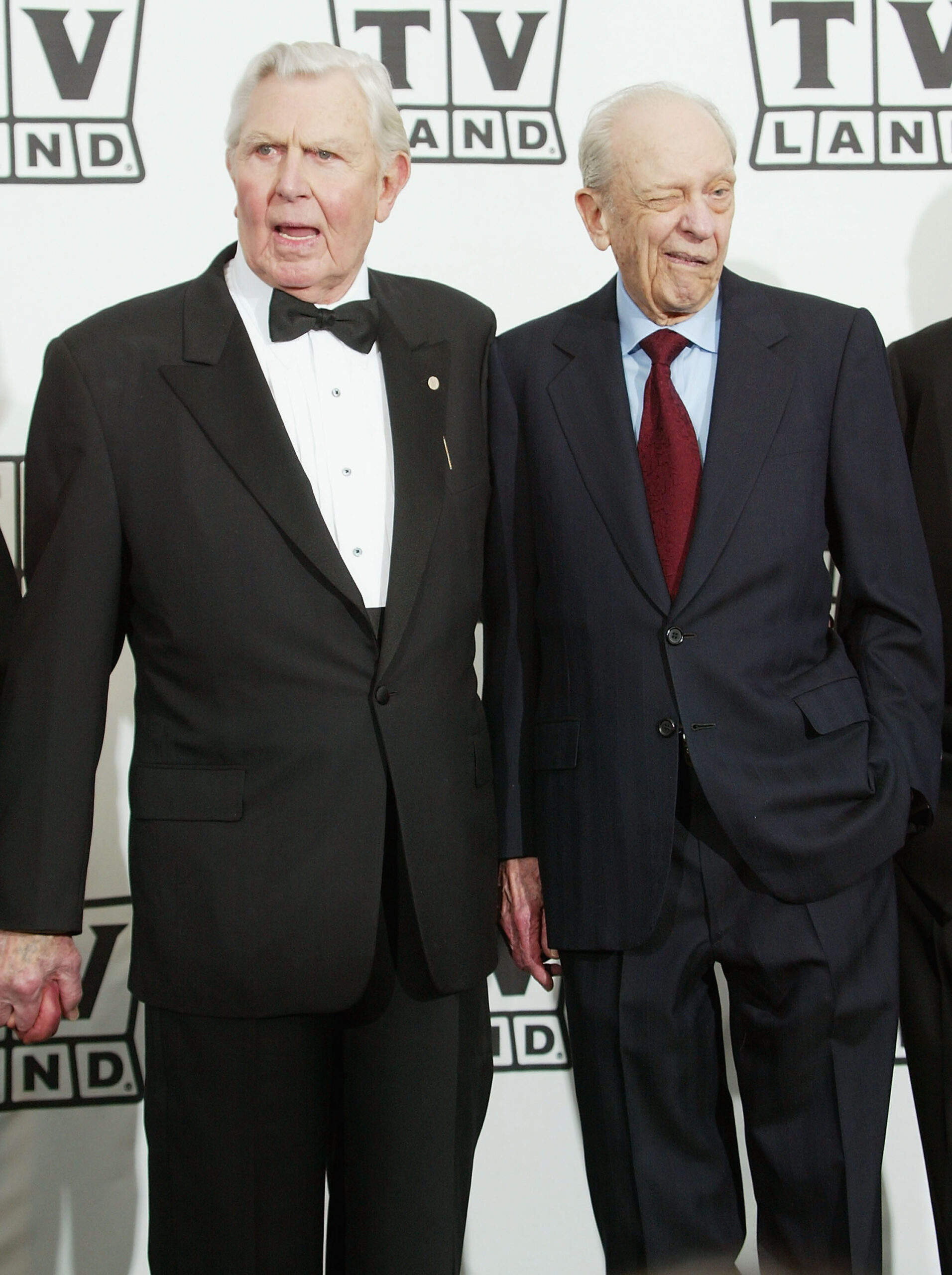
Now, there are many reasons why such scenes are a thing of the past in 21st century America.
Streaming and smart devices have created a world in which every individual enjoys unprecedented control over their own personal media experience.
That level of hyper-specific curation has resulted in households where everyone is off in their own room, enjoying their own content on their own device.
We won’t bemoan the demise of that way of life and the hours of quality time that families used to spend gathered around the electronic hearth (although we’ve certainly done so in the past!).
But we will note that Americans are increasingly divided along a hundred different fault lines.
And the fact we’re no longer tuning into the same programs and chuckling along with the same laugh tracks might be one reason that we find it so much easier to detest and distrust our neighbors.
And this lack of shared cultural touchstones is likely one of the factors that’s contributing to the increased hostility and lack of understanding between generations.
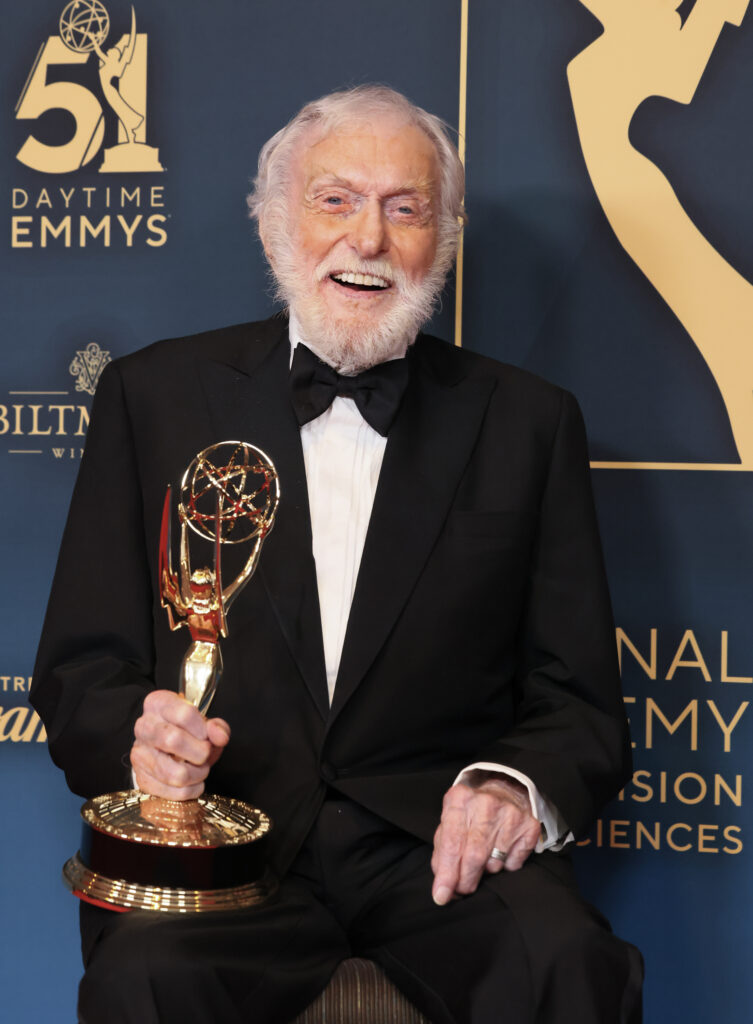
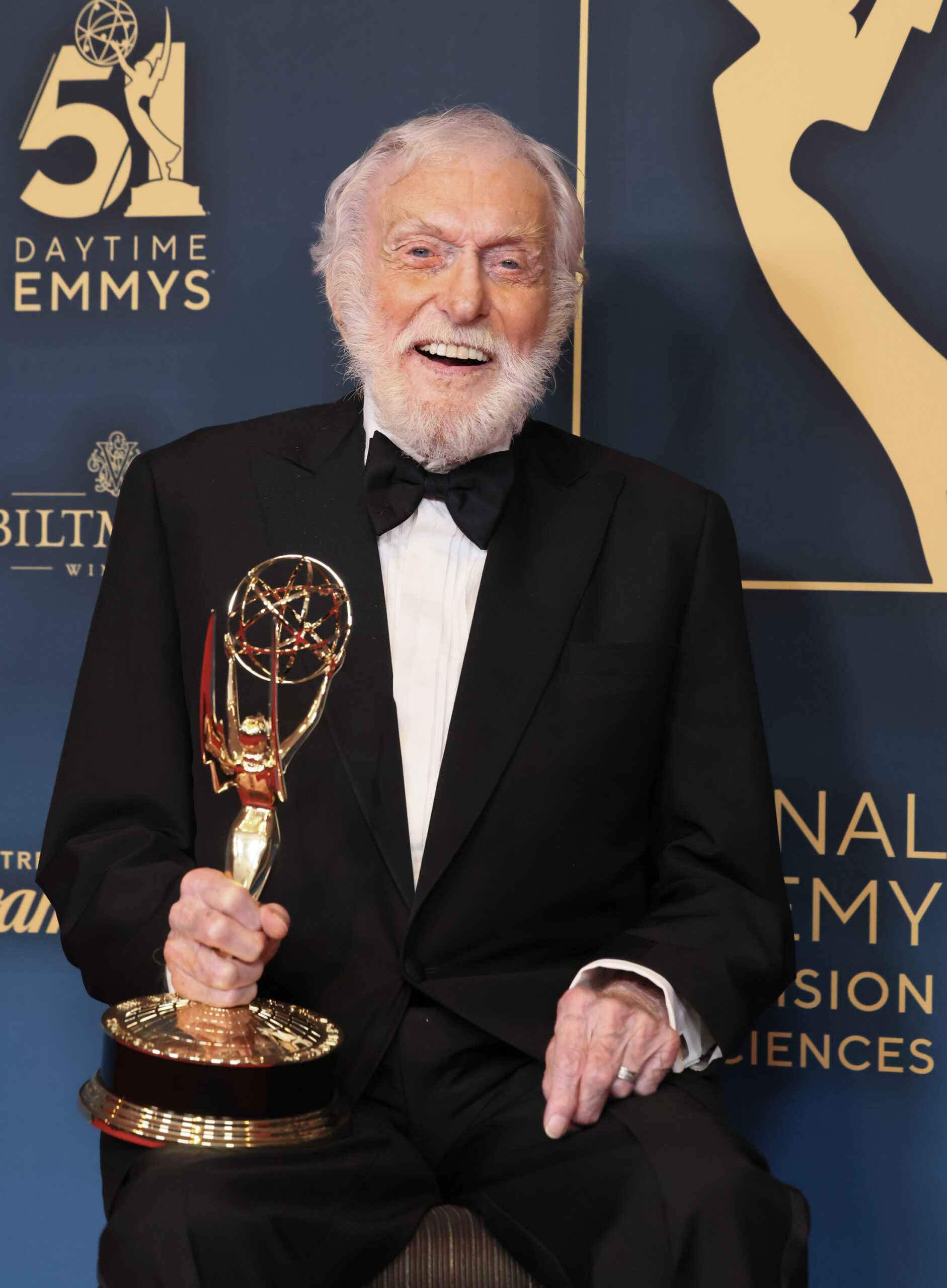
Laughing Our Way to Empathy
Sure, kids still read about post-World War II American prosperity in their history books.
But it’s one thing to study the era in school and another to witness Wally and the Beav’s excitement over Dad’s new Chevy.
Statistics about GDP and median household incomes might foster an intellectual understanding of that formative era in the lives of so many of our parents and grandparents.
But a 30-minute narrative in which a young viewer laughs along as someone their age deals with problems both universal and generation-specific?
Well, that’s the sort of experience that brings about a more visceral level of comprehension.
But perhaps the most important reason to preserve the sitcoms of Hollywood’s golden era is that these shows are part of our shared cultural history.
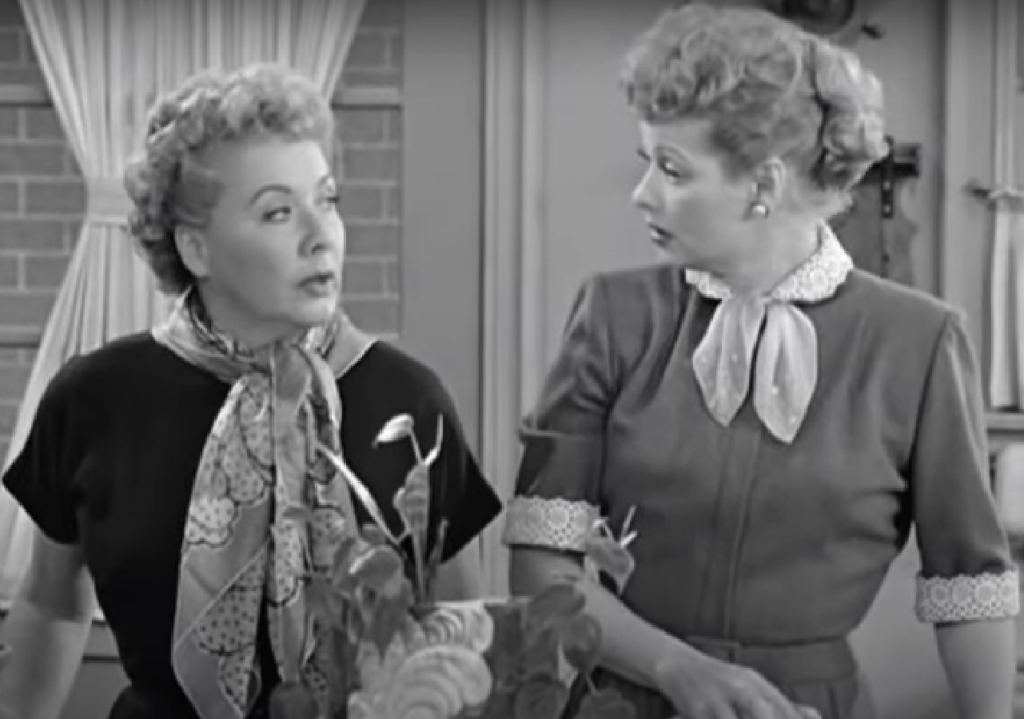
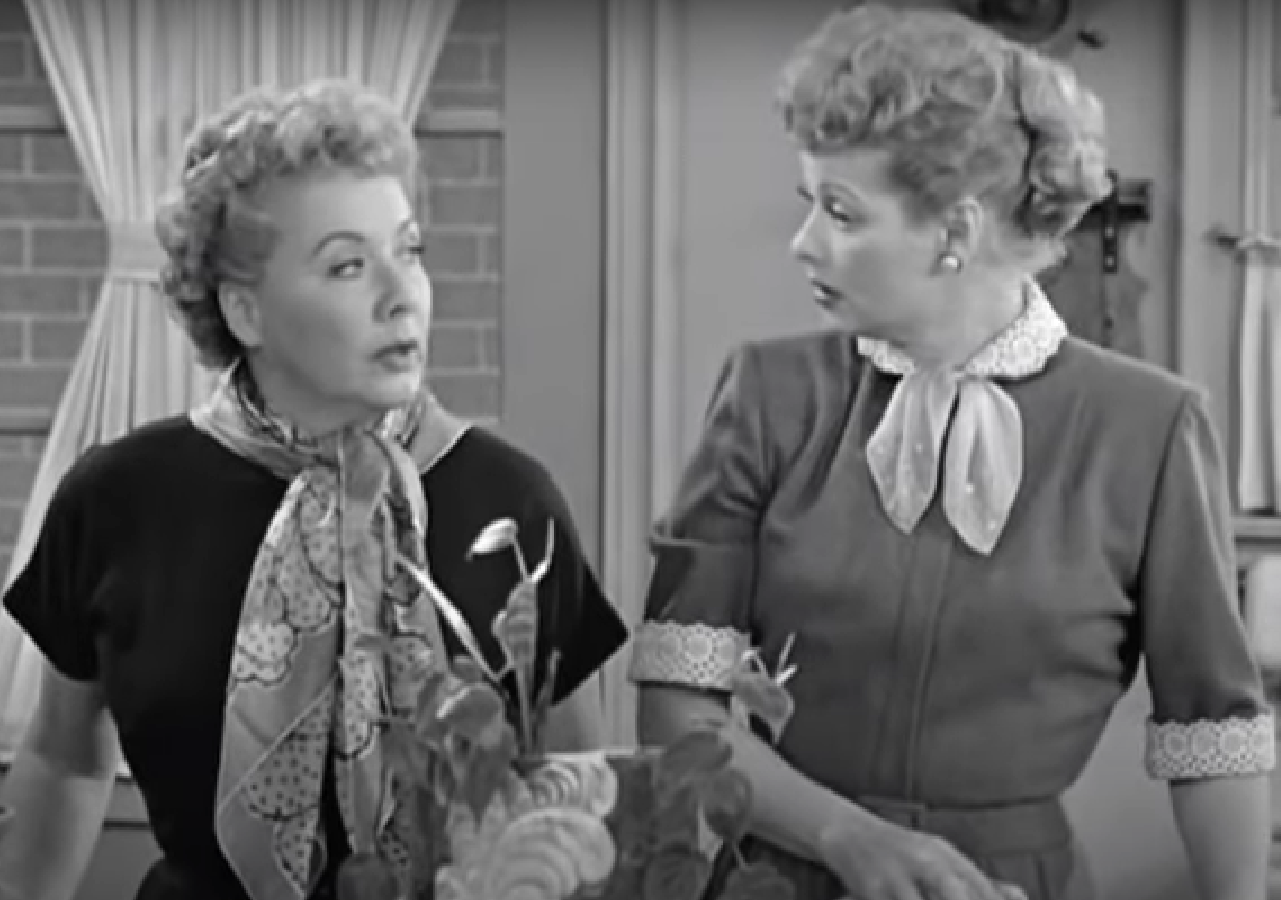
Lucille Ball was a 40-year-old semi-washed-up B-movie actress when she convinced CBS execs that she and her husband — a Cuban-born bandleader — possessed the comedic chops to entertain the nation.
This at a time when large swaths of America still harbored racially segregated schools, hospitals, and restaurants.
Two years later, I Love Lucy was such a smash hit that the famed Marshall Field’s department store in Chicago began staying open late on Thursdays instead of Mondays, so as not to have to compete with America’s favorite redhead.
If that’s not a uniquely American story, what is?
Sure, the sitcoms of that era established the conventions and parameters of a new art form — the easily resolved conflicts, the three-camera set up, the live studio audience.
But as a genre every bit as distinctly American as jazz or the Western, they also play an important role in the overall history of the US.
To understand the sitcoms of that time is to understand the day-to-day lives of people who lived in a pivotal era, one that grows more remote with each passing year.

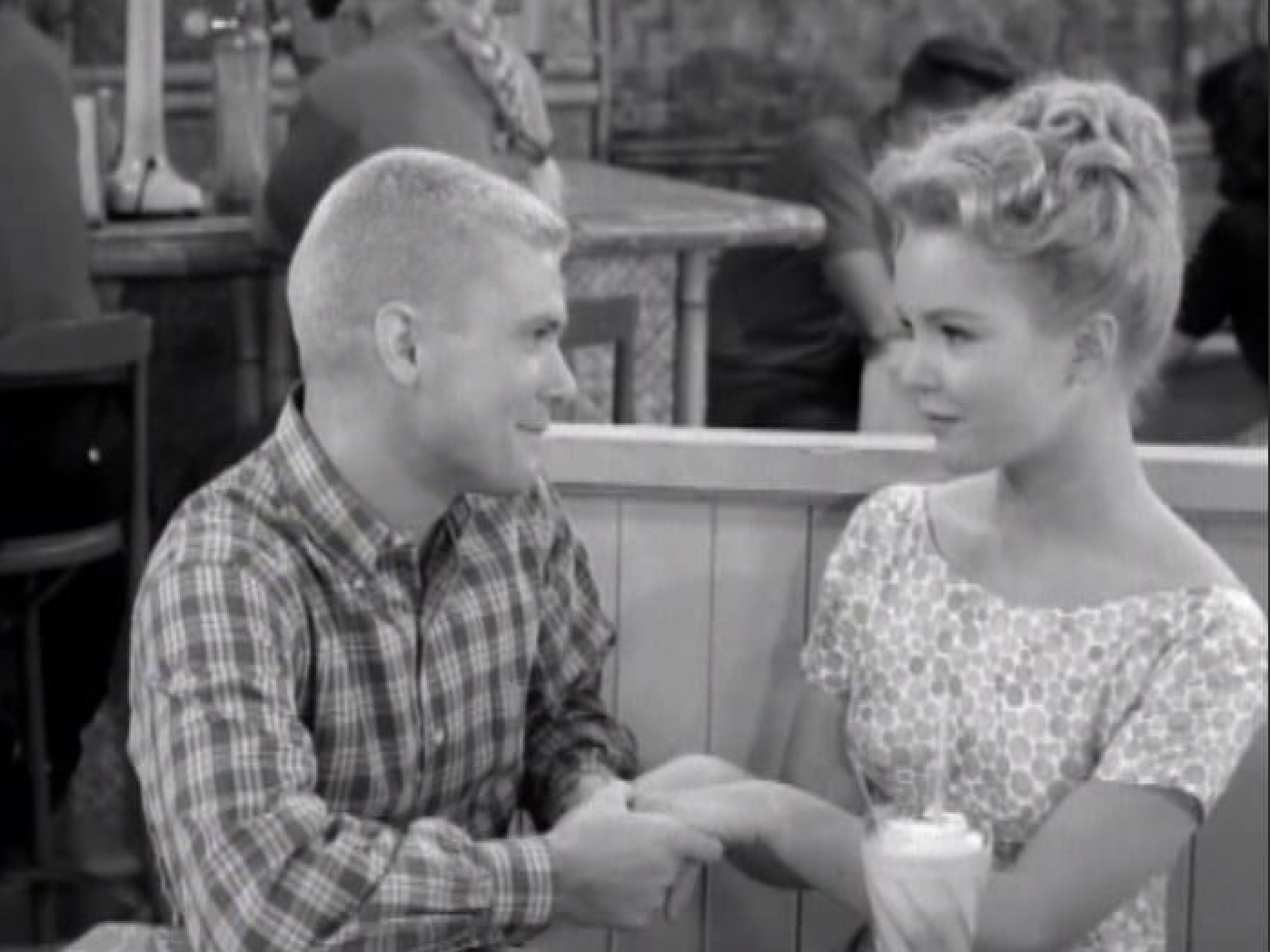
It’s one thing to read about the joys and challenges of a nation that had just recently emerged as the world’s leading superpower.
It’s another thing to laugh along as fictionalized denizens of that tumultuous time attempt to navigate this new terrain in relatably human ways, maintaining their fondness for a good one-liner along the way.
The 1950s were the first decade in which millions of Americans gathered with their families in front of the television.
Increasingly, we’re not watching the same shows as our neighbors, or even the folks who live under our roof.
Forgetting about the shows that brought us together at a time when we were still figuring out what it meant to be American would be something akin to a cultural tragedy.
Look, we’re not pretending to have a solution for this issue, and we’re under no delusion that Maynard G. Krebs will soon replace today’s hottest influencer in the hearts and minds of America’s youth.
But if you feel like gathering your family together for a Mister Ed marathon this weekend, you just might find that a talking horse is capable of sparking some meaningful conversations.






how to get amoxil without a prescription – combamoxi.com amoxil buy online
diflucan for sale – https://gpdifluca.com/# buy fluconazole 200mg
buy escitalopram 20mg without prescription – https://escitapro.com/# escitalopram 20mg over the counter
buy cenforce without prescription – cenforce 50mg ca cenforce 50mg us
cialis for sale online in canada – buy cialis canadian buying cialis online safely
where can i buy tadalafil online – click canadian pharmacy ezzz cialis
generic zantac – aranitidine ranitidine pills
buy viagra in poland – https://strongvpls.com/# viagra without a doctor prescription
Facts blog you have here.. It’s severely to espy great worth belles-lettres like yours these days. I really respect individuals like you! Rent vigilance!! gabapentin price
This is the stripe of serenity I take advantage of reading. synthroid comprar espaГ±a